“Maybe you think I’m insane, but I’m a cellist and had this crazy idea to 3D print a cello. Not just a cello maquete, but a full-sized, playable instrument, which seems pretty much impossible.
But, I did it anyway.“
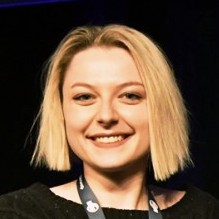
Maddie Frank, University of Wisconsin-Milwaukee senior electrical engineering student and additive enthusiast, is collaborating with GSC on emerging additive technology. Maddie will be working with us to explore her user experience with HP and Markforged 3D printers in upcoming blogs, as someone familiar with a variety of 3D printers and technologies.
With more technical content to come, we want to introduce Maddie to our GSC audience.
Here is her story – complete with her undertaking of 3D printing a true-to-size, electric cello, that would kickstart her collaboration with us here at GSC.
“A few weeks back, I found myself discussing the state of the manufacturing industry with a friend in Chicago. Over dinner, we discussed industry 4.0, artificial intelligence, smart factories, and other in-vogue buzzwords.
The conversation got me thinking – it was my freshman year at UWM when I was first introduced to what would become my passion and career: additive manufacturing. As I sat in an introductory engineering class, the guest lecturer of the day explained additive and its respective technologies.
By the end of the lecture, I knew I had found what I wanted to do for the rest of my life and threw myself into learning the industry with avidity.
The passion I have for advanced manufacturing has taken me on a journey that surprises even me.
Production-Grade Thermoplastics & 3D Scanning
My sophomore year, I began working at a local job shop operating a Fortus 400 and Faro Scanning arm, helping the Milwaukee public metamorphose their paper napkin concepts into tangible products.
It wasn’t long after that I received an offer for a summer internship at Divergent3D, a Los Angeles based startup. So, I packed my bags and hopped a flight over to California.
High-Speed Air Travel Technology & Metal Additive
That summer was one of the most influential times of my life. I worked with truly amazing people on truly amazing projects, the most notable being the first HyperloopOne pod. I also had the pleasure of learning my first metal additive system, SLM 280s and 500s.
Formnext 2017 & Selective Laser Melting (SLM) Solutions
At the conclusion of my internship, rather than return to Milwaukee, I jetted off to Prague. There, I did a study abroad fall semester of my junior year. While in Europe, I attended a major additive conference, Formnext, and toured the SLM’s headquarters in Lübeck, Germany. I returned to the States shortly before my junior spring semester.
Additive Manufacturing Users Group (AMUG) 2018
Not long after, I arrived in St. Louis for my next additive conference, AMUG, where I placed third in an international additive design competition.
Additive OEM, Carbon & Digital Light Synthesis
It was there that I made friends with people from a prominent additive OEM, Carbon, and fenagled an internship with them for that summer in San Francisco. Once more, I found myself in California, this time in the Silicon Valley. After my internship with Carbon, I came back to Milwaukee and began a project that would ultimately lead to you reading this right now.
3D Printing a Playable Cello with Fused Deposition Modeling (FDM) & AMUG 2019
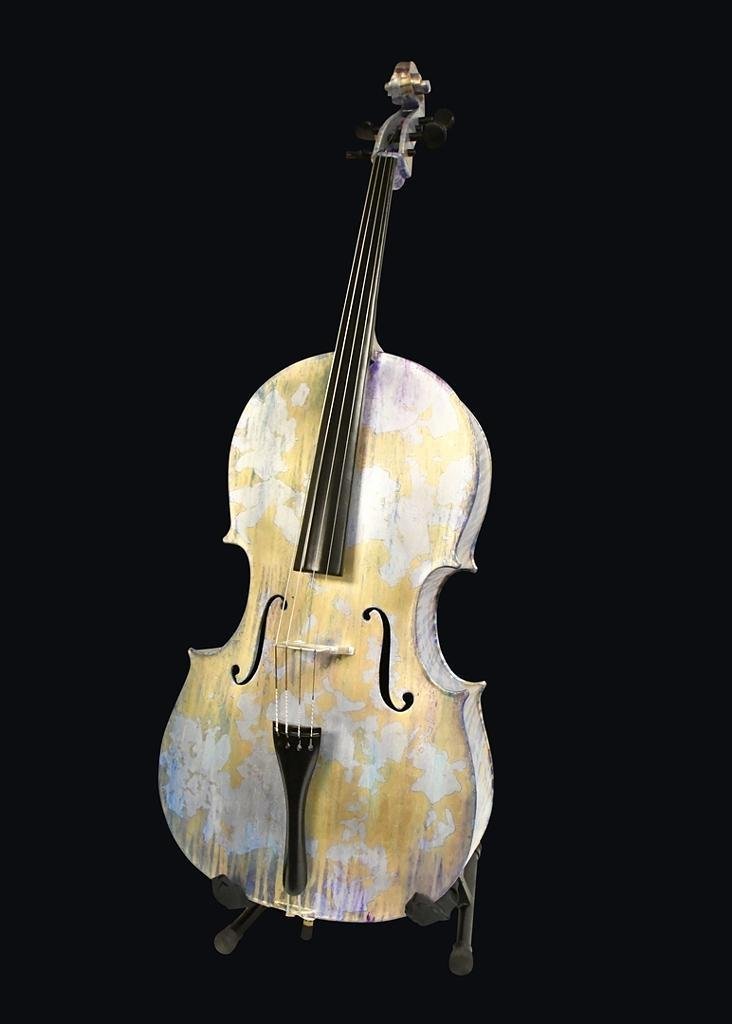
Maybe you think I’m insane, but I’m a cellist and had this crazy idea to 3D print a cello. Not just a cello maquete, but a full sized, playable instrument. The problem with ideas, though, is that they’re just that. They’re ideas. And often times ideas are just an impossible dream.
You see, the cello would be too big to print on my FDM printer whole, so it would have to be printed in roughly 12 parts and then assembled.
On top of that, it would have to be strong enough to support the hundreds of pounds of force the strings would put on the instrument. Not to mention the neck of the instrument would have to be reinforced with steel to prevent the strings from snapping it.
If that wasn’t enough, the finish would have to look exceptionally stunning— absolutely no hint of FDM layer lines, seams, or epoxy. After all, I was entering it in another international competition at AMUG, and finishing was critical to the judges. Simply put, my idea to print a beautiful, functional, cello pretty much seemed impossible.
But, I did it anyway.
Collaboration with GSC
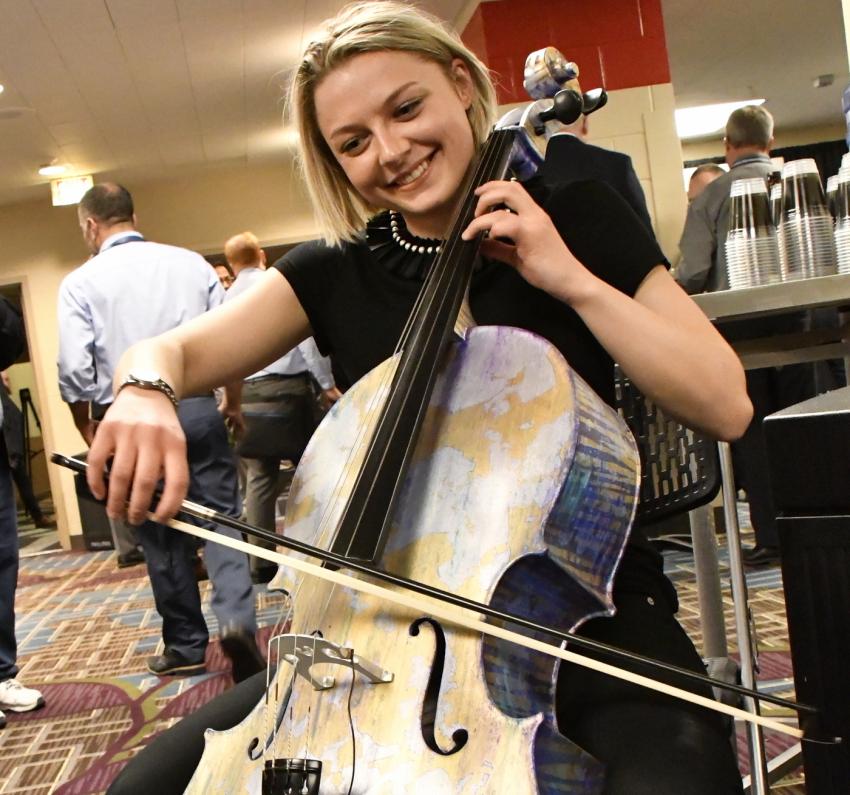
Fabricating the instrument was a huge undertaking that consumed 3 months of my life, but the finished project is something I’ll be handing down to my grandchildren. This cello also got a lot of press, and reacquainted me with a company I connected with a few years prior: GSC.
When I was just starting out in the additive space, I had interviewed with and received an offer from GSC for a customer support intern position. It was a really exciting opportunity, but ultimately, I was looking to go a different direction with my career and declined.
Three years later, and I get acquainted with Rachel Gintner of GSC. We got to talking, and it turns out, she saw my cello and wanted to learn more. Beyond that, she also studied abroad at the same, extremely small school I did in Prague. If that wasn’t the start to a beautiful friendship… Rachel and I soon became fast friends over coffee, and concocted a plan to collaborate on GSC’s content and social media.
Which brings us to now.
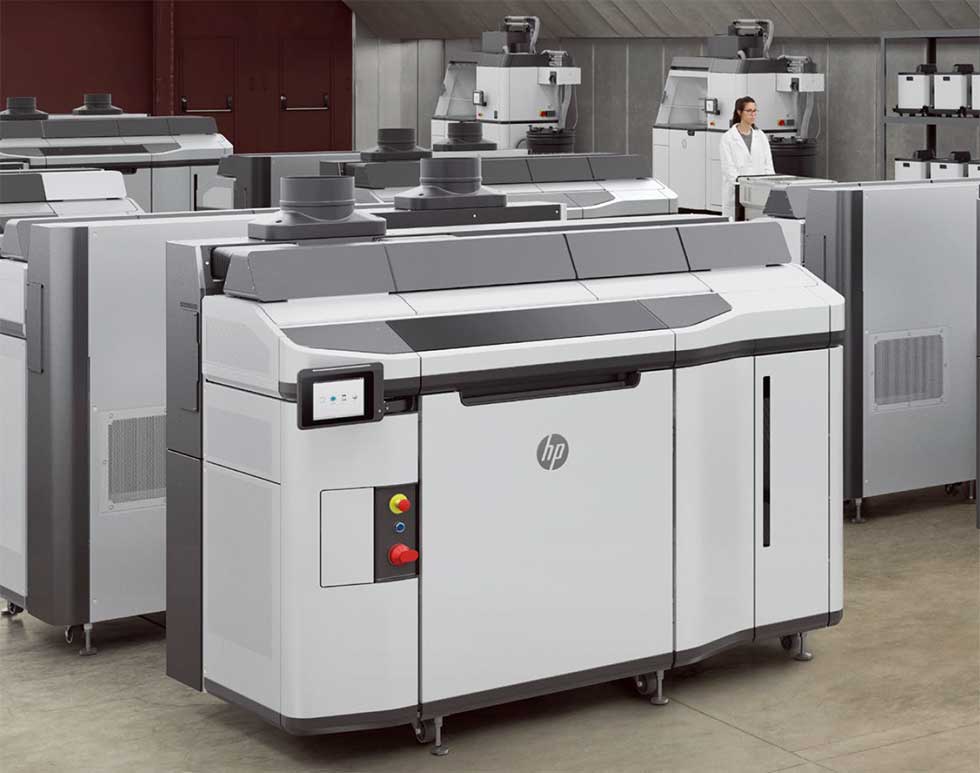
More to Come – HP MultiJet Fusion Plastics & Markforged Metal, Composites, Hybrids
I cannot wait to see what GSC and I accomplish in the near future, and I invite you to stay tuned and see what amazing content we’ll turn out.”
Want to learn more about 3D printing? Visit our Germantown office where you can see a selection of Markforged and HP 3D printers in person. You’re welcome anytime!
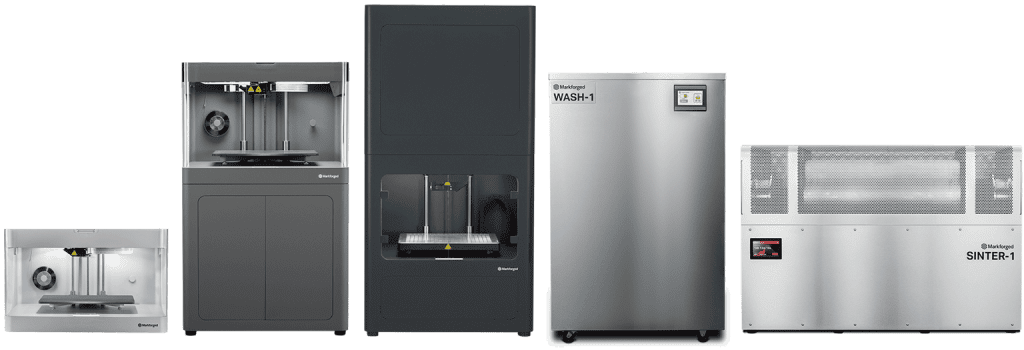
Share
Meet the Author

